-
Posts
7,005 -
Joined
-
Last visited
-
Days Won
53
Content Type
Profiles
Forums
Gallery
Downloads
Blogs
Events
Store
Aircraft
Resources
Tutorials
Articles
Classifieds
Movies
Books
Community Map
Quizzes
Posts posted by red750
-
-
You can't run a business on leased equipment if you don't pay your lease.
-
Reports one aircraft has been repossessed. All flights cancelled.
-
This is an odd one. The photo was posted on Facebook. It is a Cessna Caravan with two engines and bears the title Twin Caravan on the fin. It differs from the SkyCourier in that it has rectangular windows and the horizontal stabiliser is below the fin rather than the top. The Caravan II is a low wing aircraft, and I cannot locate any details on the internet regarding a Twin Caravan. I imagine it is a private development. If you find any details, please DM me.
-
The Beechcraft XA-38 "Grizzly" was a World War II-era ground attack aircraft, developed by Beechcraft, but never put into production. The Grizzly was to have been fitted with a forward-firing 75 mm cannon to penetrate heavily armored targets.
While the first prototype flew on 7 May 1944, testing established that the type would not be ready for the projected invasion of Japan. It also featured the Wright R-3350 engines already in use with the Boeing B-29 Superfortress—which had priority. Consequently, the XA-38 was canceled after a second prototype had been completed.
The United States Army Air Forces awarded the Beech Aircraft Corporation a contract in December 1942 for two prototypes for their Model 28 "Destroyer". Initially the Model 28 had been a bomber-destroyer design but shifted[citation needed] to give a powerful ground attack aircraft to replace the Douglas A-20 Havoc, with the ability to hit "hardened" targets like tanks and bunkers and to attack coastal shipping. This capability was achieved through a 75 mm cannon with 20 rounds, mounted in a fixed position on the nose as well as two .50 cal (12.7 mm) M2 Browning machine guns firing forward. Defensive armament consisted of remotely controlled ventral and dorsal turrets, each armed with twin .50 cal (12.7 mm) machine guns. There were to be two crew members, a pilot and an observer/gunner in the rear cabin, using periscope sights to aim the guns.
-
 1
1
-
-
6 pm news advise his name was Greg Wanless. A witness said the plane was on approach when it pitched up, then suddenly pitched down and hit the ground.
-
Police said the pilot was a 73-year-old man from Plenty and the pair were the only people on board the aircraft. - ABC News.
Channel 7 said he was the father of 3, a builder, CFA firefighter and gliding instructor.
-
On the TV this morning, they reported that the flight was to spread the ashes of a deceased relative of the female passenger.
-
 4
4
-
-
The motor glider at an Avalon airshow..

-
From what I saw on the news, it could have been a Diamond HK36 Super Dimona. This is not confirmed.
-
 1
1
-
-
Two people were killed when a motor glider crashed at Mt Beauty in Victoria's north eastern highlands. The deceased passenger was a female, no further details at this time.
-
 1
1
-
 2
2
-
-
That's interesting. A guy who comes and has morning tea with us at the Men's Shed, but is not a member, told me that they had built a jet strip just north of Lilydale airport, capable of handling 737's. He showed me on Google maps where it ran, alongside Stringybark Creek. He said they had put in a service road for access and had signs up about it. I went out that weekend, and of course, nothing. Drove up to Yarra Glen and back. Told him it was BS.
-
A winglet eclipse.
-
 1
1
-
-
-
-
This is not my last flight, it's a post I picked up from Facebook, but I thought some of the points may be of interest.
"I am a pilot. Flying is in my blood. I decided at 39 years old to quit my corporate America office job and learn how to fly. Here in the US, if you dream of working as an airline pilot, you have to accumulate at least 1500 hours of total flight time. How you go about this doesn’t really matter. In order to supplement the hours one gets during training and working entry level jobs, lots of pilots in the US supplement their total hours by flying cross country flights on their own dime. I took this photo while flying such a flight from Chicago to Clinton, Iowa today.
There is nothing duller than flying across the flat plains of the US. It’s completely flat and completely empty… yet it’s shockingly humbling. I’ve done this exact flight a number of times and I’m always humbled by it. Humbled by the expansiveness of the region, the emptiness, and how the diurnal heating of the ground can toss an airplane around even at 6500ft.
I’m also humbled by the kindness of the air traffic controllers that are almost 100 miles away from me, yet take responsibility of my safety like I’m one of their own kids. They want to make sure that I get home safe to my wife and dogs at the end of a completely pointless flight. The kindness exchanged between pilots and other pilots, pilots and controllers, and pilots and airports in this region are unparalleled.
I landed at an airport today that had a couch, a chair, personal hygiene products, wifi, bathroom and even a car to use completely free of charge, no questions asked, without any staff members present. The final frontier of trust as far as I’m concerned.
I’m so lucky to live in a place where all of this is possible and to have a life where chasing a dream isn’t out of reach. Being dull isn’t a negative… I find it to be quite the opposite. It gives me the canvas I need to paint the future that I want.
I hope this dull photo can inspire you as well. Your future is what you want to make of it."-
 8
8
-
 1
1
-
-
-
The Sukhoi S-70 Okhotnik-B (Russian: Сухой С-70 "Охотник", lit. 'Hunter'), also referred to as Hunter-B, is a Russian stealth heavy unmanned combat aerial vehicle (UCAV) being developed by Sukhoi and Russian Aircraft Corporation MiG as a sixth-generation aircraft project. The drone is based on the earlier Mikoyan Skat, designed by MiG, and encompassing some technologies of the fifth-generation Sukhoi Su-57 fighter jet. In the future, it is planned to act under the control of pilots of Su-57 jets, similarly to the USAF Skyborg programme.
The Okhotnik's design is based on the flying-wing scheme and incorporates use of composite materials and stealth coatings, making the drone low-observable in flight. It has a weight of about 20 tons and a wingspan around 65 feet (20 m). The drone is powered either by a single AL-31F turbofan, as used on the Sukhoi Su-27 fighter aircraft, or by the improved AL-41F derivative installed on Su-35S fighters and Su-57 prototypes. Although the first prototype's exhaust nozzle was conventional and could increase the drone's radar signature, future upgrade could see improved exhaust as well as engine inlet as shown by a mock up at the 2019 MAKS International Aviation and Space Salon. The maximum speed of the drone is reportedly 1,000 km/h while carrying its payload internally. It is likely the Okhotnik was designed to act as a "loyal wingman" controlled by the Su-57. The aircraft bears some visual resemblance to RQ-170. It is speculated that the Russian engineers could have had access to the one that was captured by Iranians, but similar design of flying-wing Mikoyan Skat was in development since 2005 and Okhotnik is a further development by Sukhoi of the former MiG design. The second prototype received a flat jet nozzle. Under development, two prototypes built.
-
 1
1
-
-
The Ilyushin Il-102 was a Soviet experimental jet-powered ground-attack aircraft designed by Ilyushin. Once described as the "most gorgeously ugly combat jet ever," this aircraft was never chosen for production, being surpassed by the Su-25. Only a few development prototypes were built.
In 1967, the Soviet Air Forces drew up a specification for a jet-powered shturmovik or armoured ground attack aircraft. While Sukhoi designed an all-new single seat aircraft, the Su-25, Ilyushin proposed a modified version of their Il-40 of 1953 under the designation Il-42, which, unlike the Sukhoi, was a two-seat aircraft with a remotely-controlled rear gun turret. The design was rejected by the Soviet Air Forces, but Ilyushin decided to continue in-house development regardless, renaming the programme Il-102.
The Il-102 first prototype flew on 25 September 1982, with a second airframe built for static tests, and carried out 250 test flights until it was grounded in 1984 when the engine life expired.
The Il-102 was a low-winged monoplane with moderately swept (30 degrees) wings, powered by two Klimov RD-33I turbofans (non-afterburning versions of the engines that power the Mikoyan MiG-29 fighter). It was highly unusual for its time in having a rear gun turret, something not seen in ground-attack aircraft since the World War II Il-2 Shturmovik and Il-10, the Il-102's spiritual ancestors, controlled remotely by a gunner sitting in a cockpit above the trailing edge of the wing. The crew cockpits, engines and fuel tanks were armoured to protect against ground fire.-
 1
1
-
-
The Ilyushin Il-20 was a Soviet prototype for a heavily armored ground-attack aircraft to replace the Ilyushin Il-10. It featured a number of innovative concepts including a cockpit mounted on top of the engine, directly behind the propeller, and wing-mounted autocannon that could be adjusted on the ground to fire level or depressed 23° to allow the aircraft to strafe ground targets while remaining in level flight. However it was slower than the Il-10, and its M-47 engine was problematic in flight tests in 1948–49. It was not placed into production. The test pilots called the aircraft the Gorbach (Hunchback). Onnly the prototype was built.
Ilyushin's concept to meet the 1947 requirement for a superior aircraft to the Il-10 in performance and firepower was a heavily armored, single-engine, all-metal, low-wing monoplane powered by the newly developed M-47—also known as the MF-45Sh or M-45Sh—liquid-cooled engine, which developed 3,000 horsepower (2,200 kW) at takeoff. The design's most notable feature was the pilot's cockpit mounted directly above the engine, reminiscent of the Blackburn Blackburn and Blackburn Cubaroo. Furthermore, the cockpit was situated directly behind the four-bladed propeller to maximize pilot visibility. The windshield extended down to the propeller hub and provided the pilot with a 37° downward field of view; in a medium dive he could view targets directly underneath the aircraft.
-
 1
1
-
-
The Scaled Composites Model 133-4.62 ATTT, or Advanced Technology Tactical Transport was a technology demonstration project built by Burt Rutan's Scaled Composites in 1986 under contract to DARPA.
In the mid-1980s, the American government agency DARPA, developed a concept for a tandem wing STOL transport, intended to act as a technology demonstrator and to meet a requirement for a long-range high-speed transport for US special forces, intended to fill the gap between helicopters and larger transport aircraft such as the C-130 Hercules. In 1986, DARPA placed a contract with Scaled Composites, a company set up by Burt Rutan and owned by Beechcraft to build prototypes for advanced aircraft, for a 62% scale proof-of-concept demonstrator for the concept, called the Advanced Technology Tactical Transport (shortened to ATTT or AT3).
The ATTT had high-aspect ratio tandem wings, which were joined by long nacelles which carried the aircraft's engines, tractor configuration turboprops, large fuel tanks and the as well as the main undercarriage units for the aircraft's retractable tricycle landing gear. As first built, it had a conventional, cruciform tail. A novel arrangement of eight fast acting fowler flaps was fitted, inboard and outboard of the engines on each of the wings. These would be extended rearwards in a low-drag configuration prior to commencing the take-off run then quickly lowered to increase lift at the point of take-off. The aircraft was of composite construction, mainly glassfibre and carbon fibre. It was powered by two Pratt & Whitney Canada PT6A-135 turboprops.
he ATTT demonstrator made its maiden flight on December 29, 1987 from Mojave Airport, base of Scaled Composites. It completed its initial test program of 51 test flights, with a total of 112 flying hours, on November 8, 1988. It was then rebuilt with a revised tail, with a twin-boom configuration replacing the original single cruciform tail unit, with the fuselage shortened and a rear-loading ramp fitted. The revised layout improved handling, lowering minimum single-engine safety speed (which was previously significantly higher than the stall speed). A further 13 test flights were flown to evaluate the revised layout.
The aircraft has been de-registered and is currently in storage at the Air Force Flight Test Center Museum at Edwards Air Force Base.
-
 2
2
-
-
The Short SC.1 was the first British fixed-wing vertical take-off and landing (VTOL) jet aircraft. It was developed by Short Brothers. It was powered by an arrangement of five Rolls-Royce RB.108 turbojets, four of which were used for vertical flight and one for conventional horizontal flight. The SC.1 had the distinction of being the first British fixed-wing VTOL aircraft and the first one to transition between vertical and horizontal flight modes; it was also the first VTOL-capable aircraft with a fly-by-wire control system.
The SC.1 was designed and produced in response to a Ministry of Supply (MoS) requirement for a suitable aircraft for conducting flight studies into VTOL flight, as well as specifically into the transition between vertical and horizontal flight. Two prototypes were used for flight testing between 1957 and 1971. Research data from the SC.1 test programme contributed to the development of the Hawker Siddeley P.1127 and the subsequent Hawker Siddeley Harrier, the first operational VTOL aircraft.
In October 2012, the Short SC.1 received Northern Ireland's first Engineering Heritage Award as a recognition of its significant achievement in the engineering field.
-
 1
1
-
-
-
-



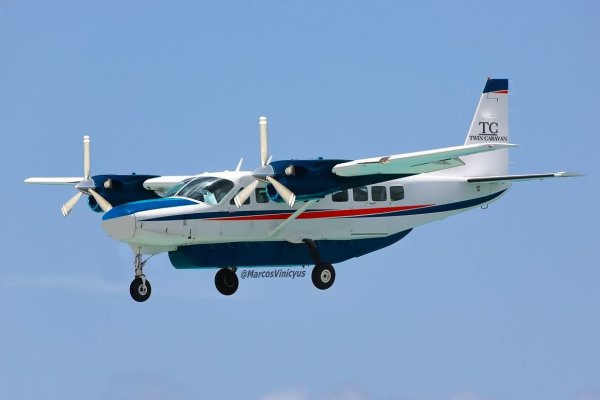
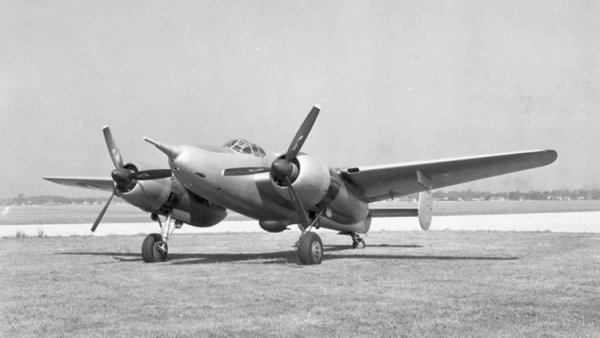
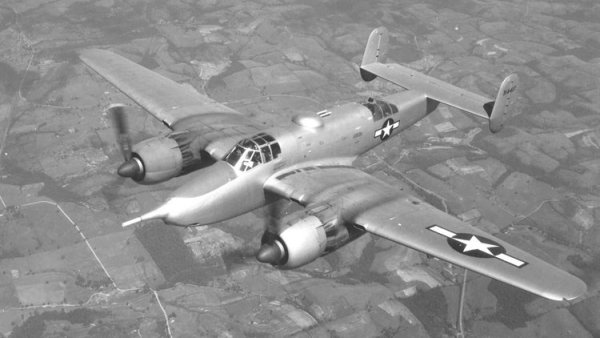
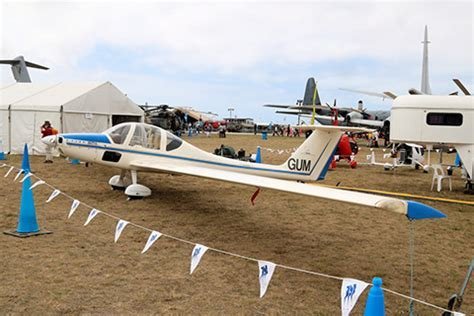


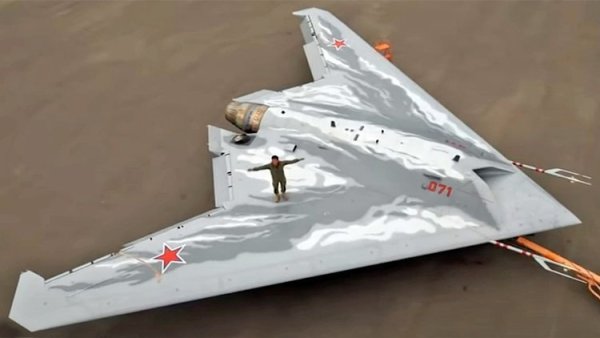
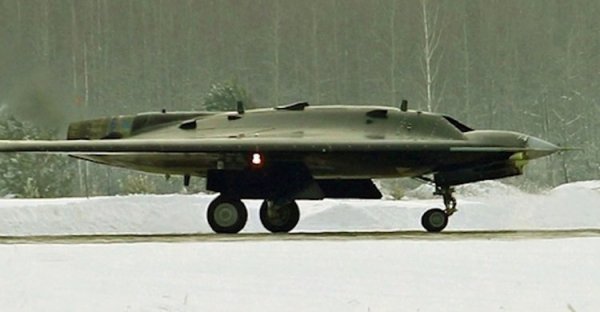
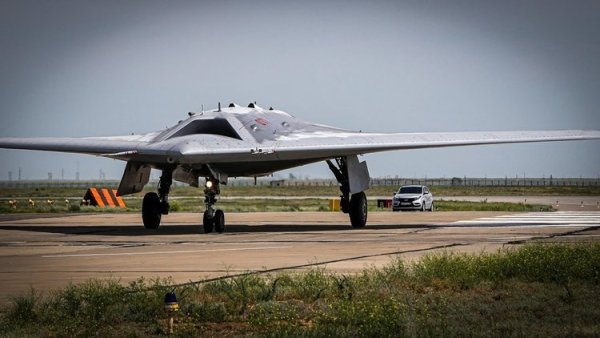
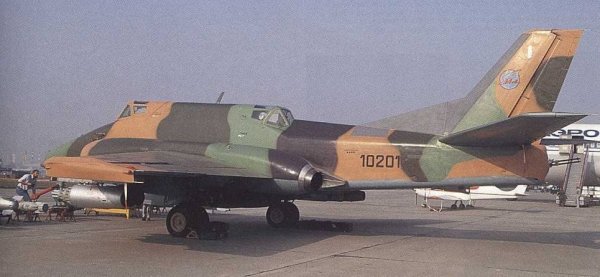
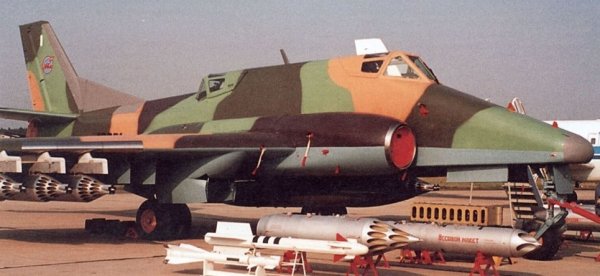





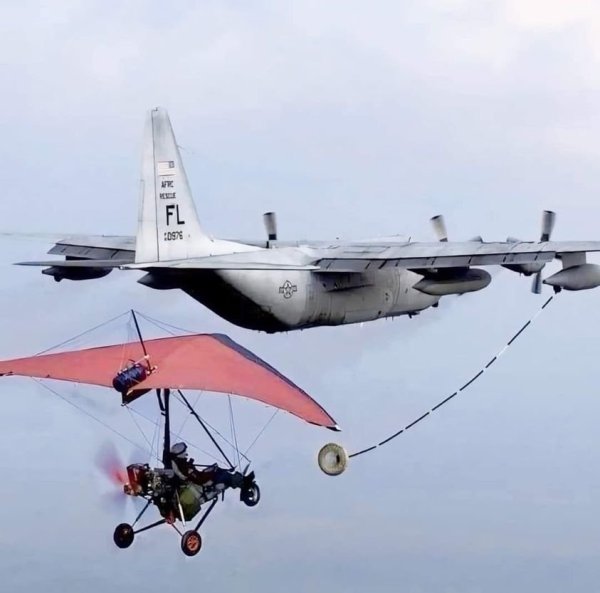

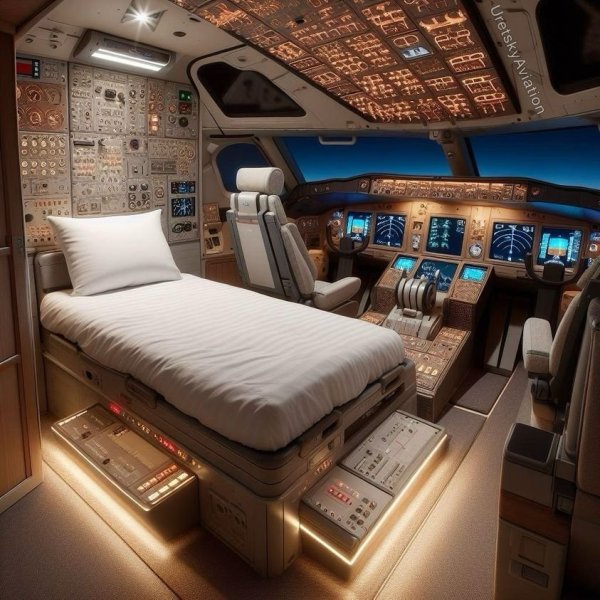
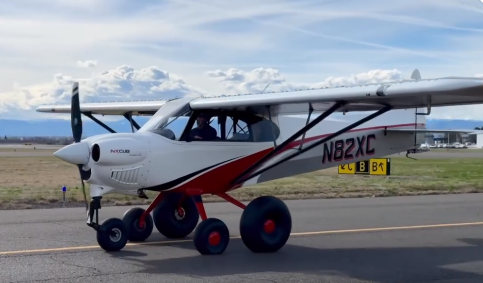

Oddball, Experimental, or One-off
in Aircraft General Discussion
Posted
The Piper PA-32-3M was experimental modification of a Cherokee Six, adding an engine to each wing, making it a trimotor. The only notes on it that I can find is this reference in the variants of the Cherokee Six.
PA-32-3M
"PA-32 prototype modified as a three-engined aircraft with two 115-hp Lycoming O-235 engines fitted to the wings, for development of the PA-34 Seneca"